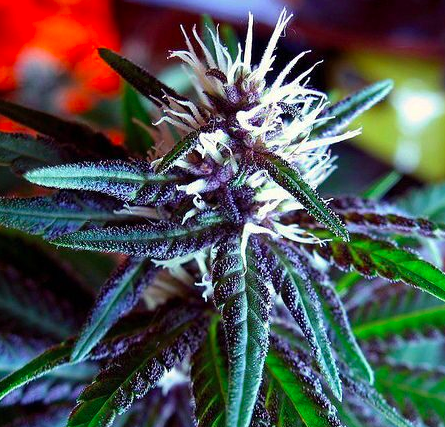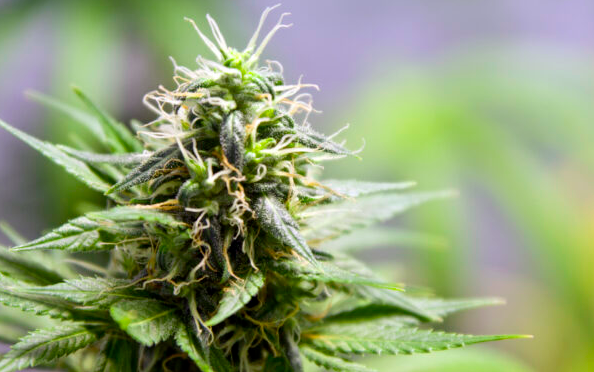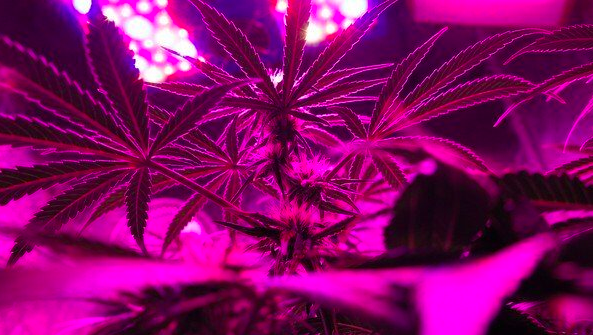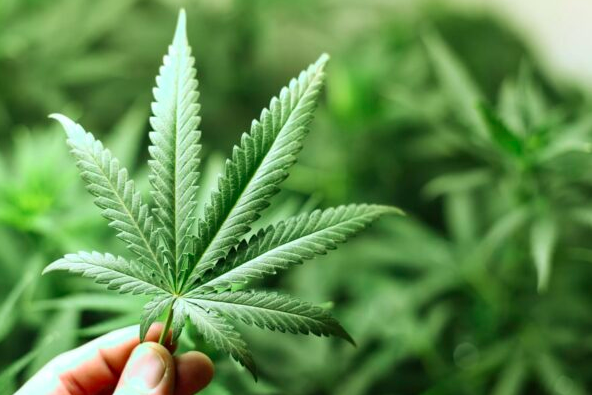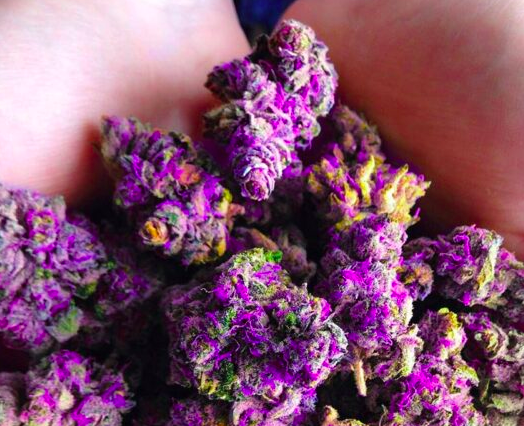
Morgan Freeman on Marijuana: “I eat it, I drink it, I smoke it!”
Morgan Freeman on Marijuana: “I eat it, I drink it, I smoke it!”
It’s impossible to listen to Morgan Freeman’s voice and not be put into a trance-like state. After all, the Oscar-winning legend has guided people through alien invasions, the frozen plains of Antarctica, and even along dangerous roads in foreign destinations. One thing that most people don’t associate with the actor, however, is marijuana.
That all changed in a 2015 interview with The Daily Beast. Set to discuss his new film 5 Flights Up, Morgan Freeman instead opened up the conversation about his longtime use of marijuana and why he thinks it should be legalized everywhere. Morgan Freeman says he has been using marijuana for a long time.
How Morgan Freeman started using marijuana
Eight years ago, Freeman was driving through Mississippi when he was involved in an accident. His 1997 Nissan Maxima skidded off the highway and overturned several times. While he survives thanks to doctors he has suffered serious broken jaws, left shoulder and arm. Doctors operated for four hours to repair the nerves, but could not give Morgan full function in his left hand. To cope with the pain, Morgan Freeman turned to marijuana. When pressed for his opinion on pot use, Freeman stated, “MY FIRST WIFE INTRODUCED ME TO THE USE OF MARIJUANA MANY YEARS AGO. HOW DO I TAKE IT? ANY WAY: I EAT IT, I DRINK IT, I SMOKE IT, I SMIST IT, THEY ALSO SAY THAT MARIJUANA CAN RELIEVE THE PAIN OF CHILDREN WITH EPILEPSY SEIZURES SO MUCH, THAT IT ALLOWS THEM TO HAVE A NORMAL LIFE, WHICH IS NECESSARY TO SAY YES TO LEGALIZATION ACROSS THE LINE.
Referring to the surviving accident, he pointed to the glove sticking out of his left sleeve and stated, “MARIJUANA HAS MANY USEFUL USES. I HAVE FIBROMYALGIA PAIN IN THIS ARM, AND THE ONLY THING THAT GIVES ME RELIEF IS MARIJUANA. THEY ARE TALKING ABOUT CHILDREN WHO SUFFER FROM ATROUSING PAIN AND WHO THANKS TO MARIJUANA CAN HAVE A NORMAL LIFE. CONCLUSION SAYS, ‘LEGALIZE MARIJUANA!’ ” The last time Freeman mentioned marijuana was in a 2003 interview with The Guardian. He can be remembered by stating “Never give up ganja”. His attitude in the interview with The Daily Beast was the same.

